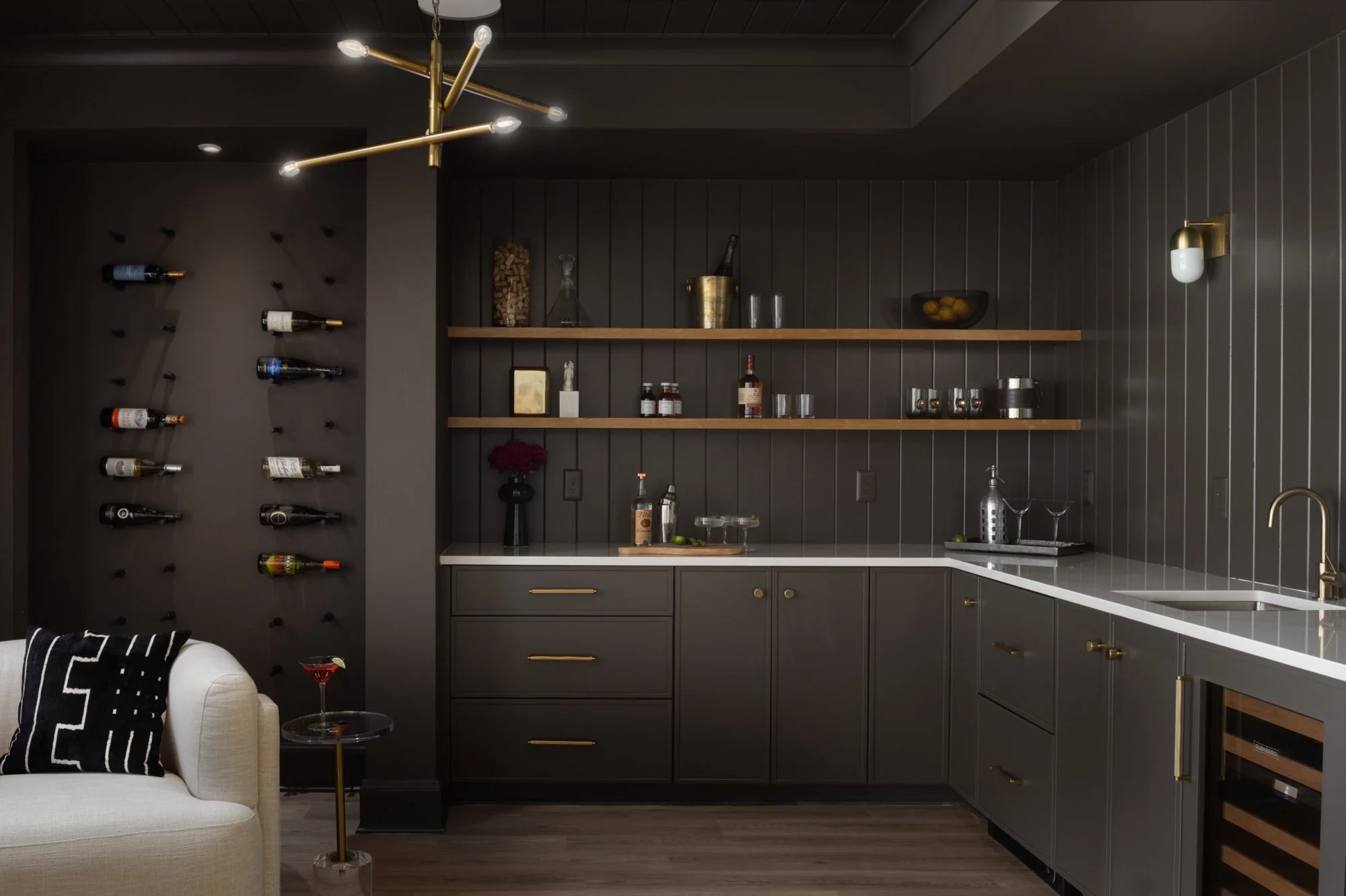The Power of Texture: Layering Materials for Depth and Warmth
Color often takes center stage when people think about interior design, but texture is the hidden force that brings a room to life. It shapes how a space feels, not just visually, but physically. A velvet sofa, a rough stone fireplace, or a sleek marble countertop doesn’t just add variation; it changes the way you feel in a room. Texture is what creates depth, comfort, and warmth, transforming flat, one-note interiors into layered, luxurious sanctuaries.
1. Why Texture Matters More Than You Think
Imagine a room painted in a soothing shade of beige. On its own, it might feel flat or uninspiring. But now picture that same room layered with a chunky wool rug, linen curtains, a leather accent chair, and a marble-topped coffee table. Suddenly, the space feels alive, tactile, and intentional.
Texture engages our senses on a deeper level than color alone. It adds contrast, draws the eye, and creates an atmosphere of warmth and richness, making you feel at home. Luxury interiors, in particular, rely heavily on texture because understated design is elevated through subtle details.
2. Mixing Natural and Refined Materials
One of the simplest ways to bring depth to a room is by pairing opposites. Natural elements like wood, stone, and rattan feel grounded, while refined finishes such as glass, polished metals, or high-gloss cabinetry add sophistication.
In a recent project, white oak tongue & groove was installed on a fireplace along with a modern cast iron mantle. Rather than clashing, the rustic texture of the wood made the clean lines of the mantle warm and cozy. Similarly, pairing beams with an elegant light fixture created a balance of earthiness and elegance.
Actionable Tip: Choose one dominant natural material (like wood or stone) and then layer in one or two refined finishes to create harmony.
3. Layering Soft Elements for Comfort
While hard materials create structure, soft textures bring warmth. Fabrics like linen, boucle, velvet, and wool instantly make spaces feel more inviting. For example, a neutral-toned sofa can be elevated with a mix of throw pillows, some smooth and silky, others textured and tactile.
Rugs are another powerful tool. A plush wool rug grounds a living room and softens footsteps, while a jute rug adds casual charm under a dining table. Curtains, too, shouldn’t be overlooked; linen or velvet panels don’t just frame a window, they add vertical softness and visual movement.
Actionable Tip: Mix at least three fabric types in each main living space, such as a wool rug, linen curtains, and a velvet accent pillow, for instant depth.
4. Using Contrast to Create Visual Interest
Texture is not just about variety; it’s about contrast. Pairing opposites creates tension and drama that makes a room memorable. A smooth ceramic vase against a textured plaster wall, or a sleek leather chair on a nubby rug, immediately catches the eye.
Even within the same category, contrasts matter. Glossy tiles next to matte cabinetry create depth. Polished marble paired with honed stone makes each finish stand out more. Without contrast, too many similar textures can make a room feel flat.
Actionable Tip: For every smooth surface in your home, add at least one contrasting tactile surface nearby.
5. Adding Texture Through Architectural Details
Texture doesn’t just come from furniture and décor, it can be built into the very bones of your home. Exposed beams, coffered ceilings, textured wall treatments, and natural stone fireplaces all add dimension to a space before a single piece of furniture is placed.
Even subtle changes, like using beadboard in a mudroom or adding wainscoting to a dining room, create layers of visual and tactile interest. These architectural elements can be painted the same color as the walls for a quiet, tonal look or left in their natural finish for a more dramatic effect.
Actionable Tip: Think beyond décor. Incorporate texture into permanent features like walls, ceilings, and floors for lasting impact.
6. Texture and Light: A Dynamic Duo
The way light interacts with texture is just as important as the texture itself. A matte wall finish absorbs light, creating a calm and subdued effect, while a glossy surface reflects light, adding energy and brightness. During the day, sunlight streaming through linen curtains creates a soft glow, while in the evening, a lamp casting shadows on a textured wall brings intimacy.
Actionable Tip: Use layered lighting to highlight textures at different times of day. Wall sconces, for example, are excellent for showcasing stone or plaster finishes.
Common Mistakes When Working With Texture
While layering textures adds depth, too much can overwhelm a room. Filling a space with competing fabrics, patterns, and finishes can feel chaotic rather than luxurious. Another mistake is relying solely on textiles, while pillows and rugs help, true texture comes from a mix of materials, including wood, stone, metal, and glass.
Actionable Tip: Limit your palette to three or four main textures per space and repeat them across the room for cohesion.
Everyday Luxury Through Texture
Luxury doesn’t always require a complete renovation. Sometimes, swapping in new textiles, adding a tactile accent wall, or layering in a rug is enough to make your home feel warmer, richer, and more personal.
Want to make your home feel instantly more luxurious? Let’s design a space that layers depth, warmth, and texture to reflect your lifestyle. Contact Wellhouse & Co. today to begin.






